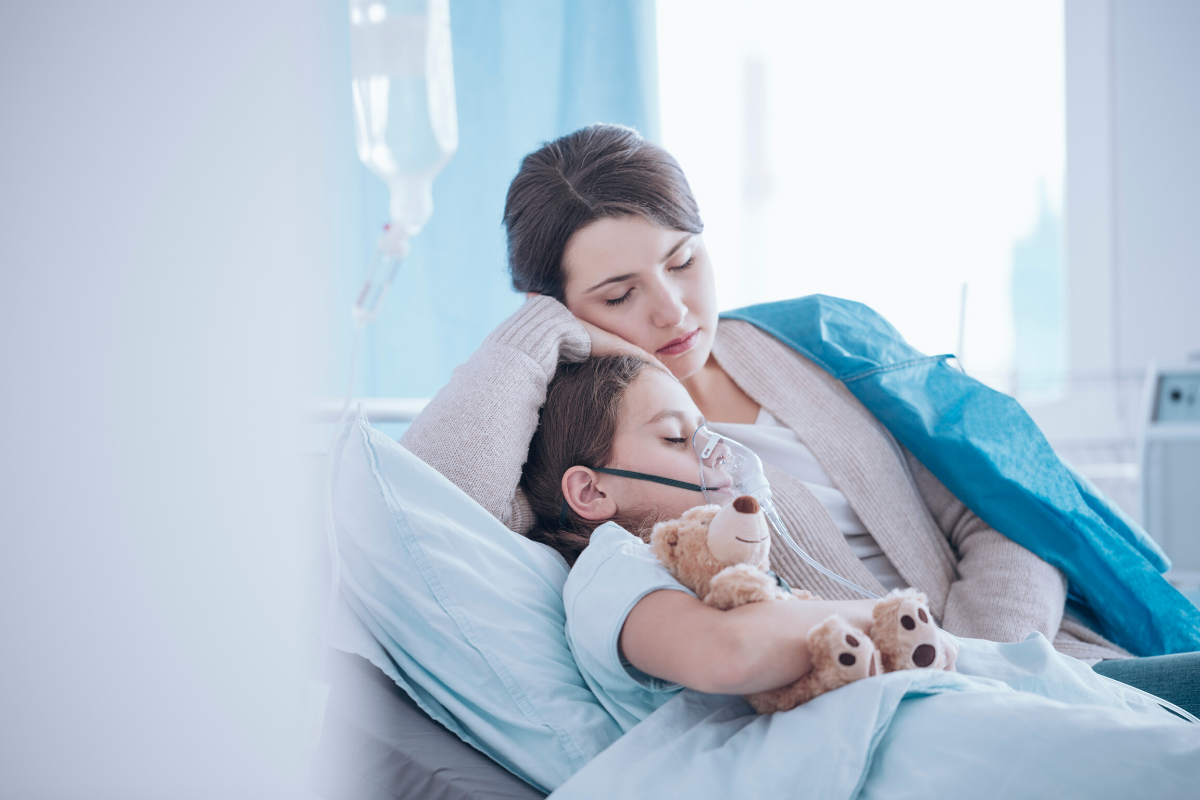Hospice care is focused on patients with a terminal prognosis. It’s not a “place,” rather a philosophy of care that’s all about promoting quality of life, supporting effective grieving for patients and their families. Pediatric hospice care helps in the same way, but for children from infants to adolescents facing chronic, life-limiting medical conditions. It’s generally defined as any patient from birth to 21 years old, and sometimes beyond, depending on the symptoms.
Less than four decades ago, in 1983, just four of 1,400 hospices in the U.S. were able to accept children, but today, thanks in part to Children’s Hospice International (CHI), most hospices are willing to accept children as patients, and most hospitals are now considering both hospice and palliative care. Still, it’s a very underutilized form of care, with fewer than 10 percent of children taking advantage of it, according to one study.
While hospice care helps are typically meant for those with a terminal illness with a prognosis of six months or less, the prognosis isn’t always accurate and can be even more challenging to predict in children. Younger people typically have healthier organ systems, and some may get better and no longer require hospice services. Unlike adults, children’s hospice may receive curative treatments and care from various healthcare professionals while focusing on managing symptoms and relieving pain.
Hospice Can Be Provided Wherever the Patient Is
Hospice services for children can be provided wherever the patient is. It may be in the home or the hospital. It allows the family to focus on the child without undermining the care of other family members. Hospice team members are available for advice and assistance by phone 24/7 and provide hands-on care and educate the family. When it becomes medically necessary, a hospice member can be sent to the patient immediately.
With hospice professionals on call 24-hours, it can ease family anxiety so that the family can rest in-between visits. They can provide patients everything from listening to their fears to companionship.
Pain Relief
As it can be challenging for children to describe their pain, how much it hurts, and where it is, particularly for those who are very young, hospice team members are knowledgeable in techniques that can help them do so. They may use special charts and body language to determine how bad it is and where it’s coming from. They can then prescribe the appropriate medications in the right doses to help relieve the pain and recommend the best ways for them to take it as many children can’t swallow pills. They may prescribe a liquid, patch, or pills that dissolve on the tongue, for example.
Providing Support in an Age-Appropriate Way
Depending on the child’s age, they may not understand why they need all the tests they’re undergoing, why they have to take medicines, and so on. They often don’t understand the illness either. Hospice team members can help them with this age-appropriately while also recommending options to express their feelings, such as through play or other creative activities like music and art.



